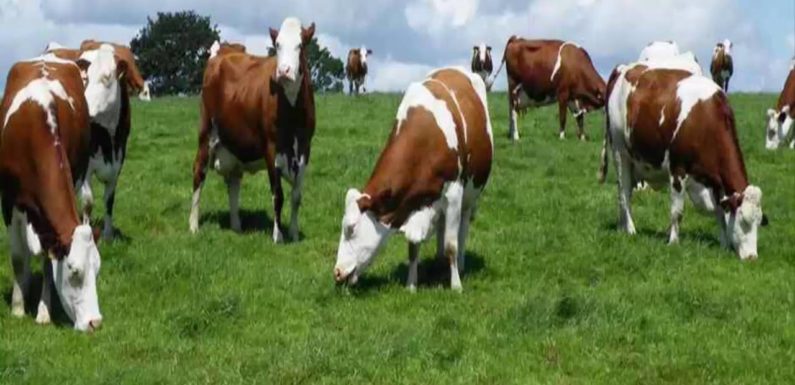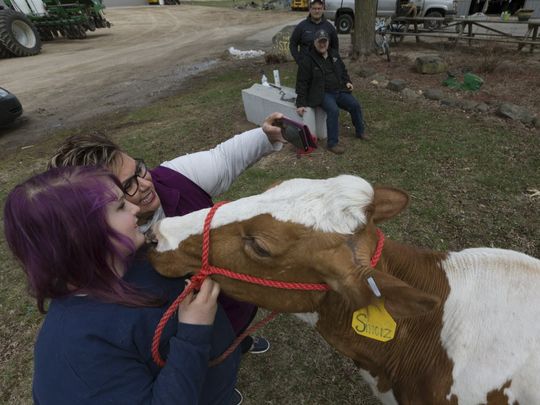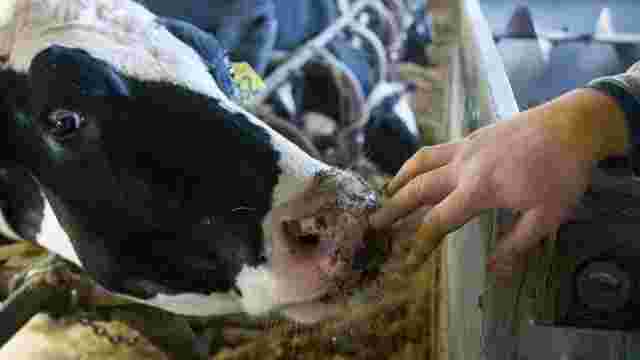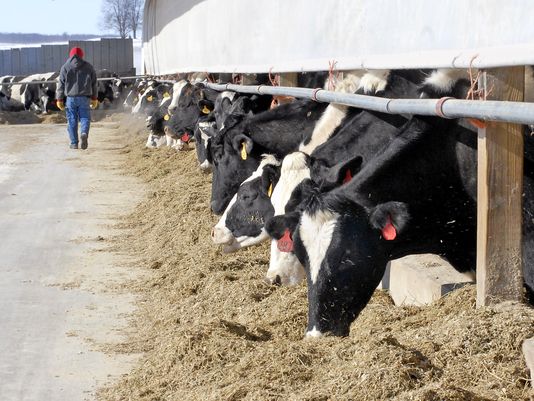

Gina Stokes says she will keep fighting for her family’s dairy farm, where the cows have names, not numbers, and the land tugs at her heart.
“There is no better place to raise my family,” Stokes said about her farm, near Omro, Wis., that she and her husband, Dan, have with their four children.
Wisconsin lost 500 dairy farms in 2017, and about 150 have quit milking cows so far this year, putting the total number of milk-cow herds at around 7,600 — down 20 percent from five years ago.

Ty’re seeking a milk supply management system to stabilize volatile markets. And they’re asking the government to purchase surplus milk for use by emergency food providers, such as food pantries.he
The milk checks are not covering the bills,” Stokes said of her family’s dairy operation, which has about 75 cows.
The situation has become so dire that dairy marketing cooperatives have started providing suicide hotline information to members along with milk checks.
Yet critics say the proposals being put forth to save family diary farms could make matters worse.

Some of the farm groups cite Canada’s dairy system as an example of how milk supply management, coupled with price controls, has kept small farms in business.
Dairy farmers face tough decisions when milk prices are low because producing more lowers their cost on a per-unit basis but adds to the oversupply problem.
Even as the number of dairy farms has fallen, milk production has soared from better cow genetics and improved livestock feed.

“We have non-farm income to keep us afloat, so far. But it feels like we’re one bad decision, or one bad weather event, from falling off the edge,” said Randy Wokatsch, a dairy farmer near Wausau, Wis.
The Wisconsin Farm Bureau Federation, the state’s largest farm group, doesn’t favor a minimum milk price or a supply management system.
Farm Bureau says it supports growth in the export of dairy products, and increased consumption of milk domestically, as ways for the industry to work through the price slump.

